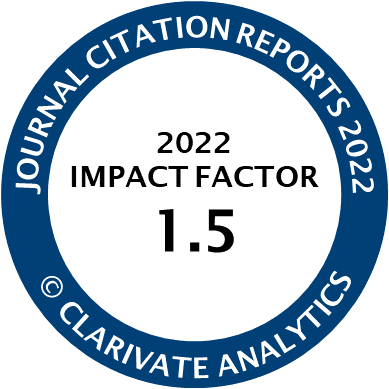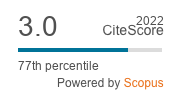Editorial | Open Access
Transport Policy and Social Inclusion
| Views: | 3975 | | | Downloads: | 2768 |
Abstract: ‘Transport-related Social inclusion’ is a specific naming of the complex set of interrelationships within which accessibility plays an important role in whether a citizen achieves the level of participation in socioeconomic life that he or she seeks. It has its origins in the United Kingdom of the early 2000s, but the diversity of theoretical perspectives, research methods and practical focus shown by the contributions to the present issue on this theme bears witness to the evolution and translation this concept and term has undergone over more than a decade. Nine papers are presented, concerning applications of the concept in three continents, and including some of the poorest and richest per capita income countries on the globe. As well as developing and applying the multi-faceted theories of the processes of exclusion and techniques for the quantitative identification of inclusion, they consider important topics such as the treatment of the less abled and more frail members of society when on the move and the potential for new technological design methods and practical solutions either to enhance inclusion or deepen inequality in our societies. Collectively their conclusions reinforce the message that social exclusion remains multi-dimensional, relational and dynamic, located both in the circumstances of the excluded individual as well as in the processes, institutions and structures that permeate wider society.
Keywords: accessibility; cycling; disabled; gender; mobility; public transport; shared mobility; social exclusion; social inclusion; transport policy
Published:
© Miriam Ricci, Graham Parkhurst, Juliet Jain. This is an open access article distributed under the terms of the Creative Commons Attribution 4.0 license (http://creativecommons.org/licenses/by/4.0), which permits any use, distribution, and reproduction of the work without further permission provided the original author(s) and source are credited.




